5 Reasons Domestic Water Distribution Systems Need To Be Sized Properly
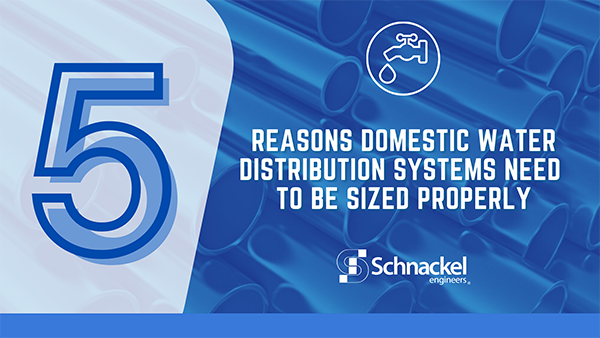
Potable, domestic water distribution systems are critical to health, life, and building infrastructures. These systems distribute from the utility provider all the way down to individual tenant’s fixtures in buildings and everything in between. If the distribution systems are improperly sized, they can cause significant problems for your building operations.
The following are five reasons why your domestic water distribution systems should be adequately sized:
1. Health:
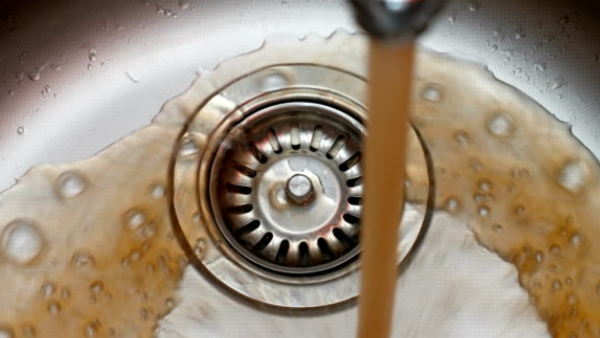
Inadequate sizing can result in negative pressures in the system resulting in contamination caused by backflow or back-siphonage. Drinking water that contains dangerous amounts of pollutants can have major health consequences.
2. Longevity:
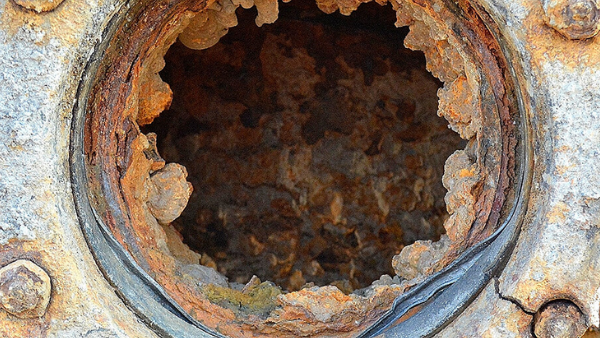
Improper sizing can accelerate corrosion, erosion, and scale build up.
3. Flow:
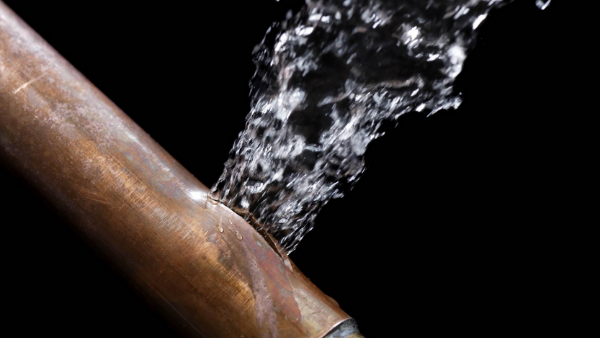
Equipment performance will suffer if flow rates cannot be maintained at required levels due to inadequate pipe sizing.
4. Pressure:
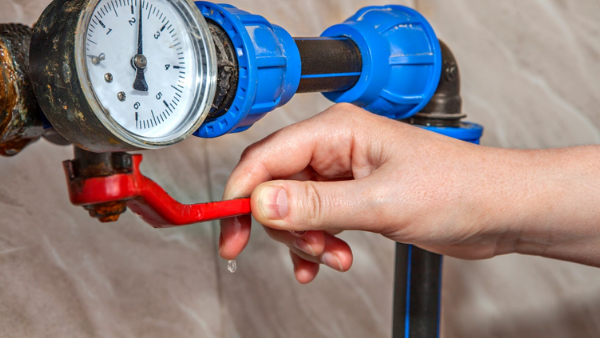
Inadequate pipe sizes may not allow for adequate residual pressure at the equipment and fixtures resulting in improper operation. Excessive pressure can result in pipe erosion and noise as well as accelerating failure of seals in faucets.
5. Noise:

Excessive velocities cause noise, increase the danger of surge pressure shock (water hammer), and increase pipe erosion. The accepted maximum velocity is 8 to 10 fps.
Conclusion
These are just a few of the reasons why it is critically important to size the domestic water distribution systems properly. These systems are crucial to customer experience and building operations. Inadequate sizing can affect not only the public’s overall health, but also cost building owners additional money due to premature equipment and piping failures.
Contact us to speak with our highly skilled plumbing engineering department if you need assistance sizing a domestic water distribution system for your project.
Comments